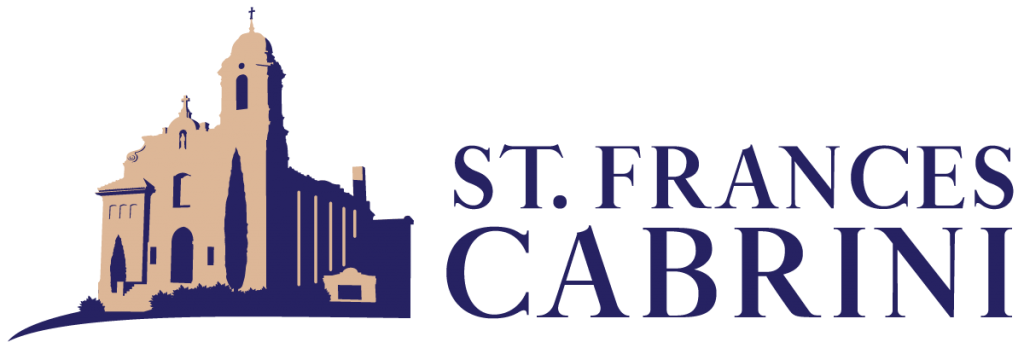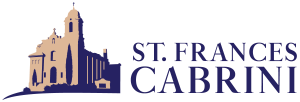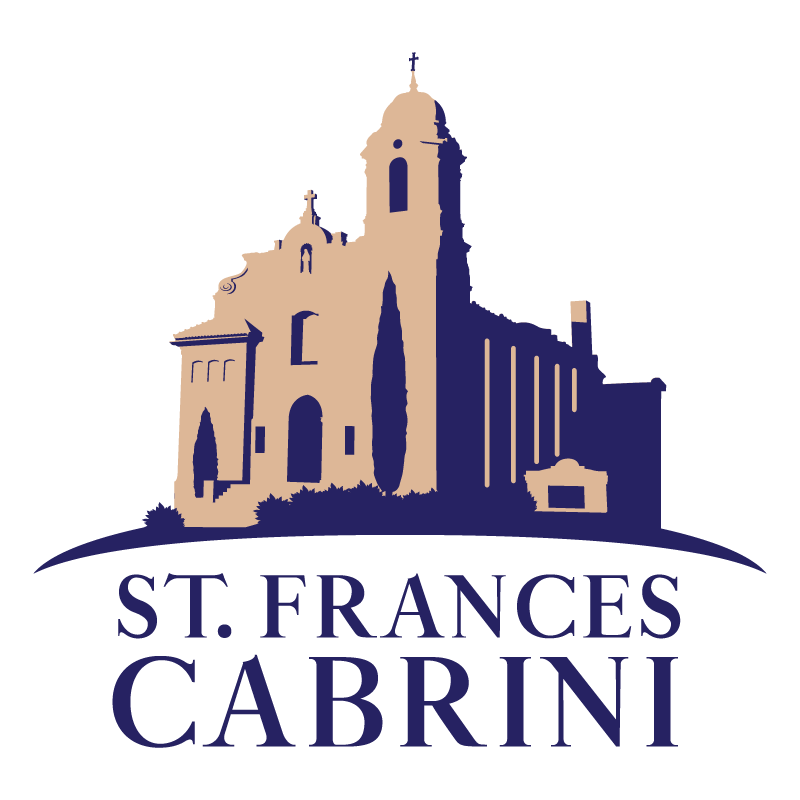Dear Friends,
In the weeks following the Easter Season, the Church gives us a couple of liturgical events where we celebrate what we believe. This Sunday we celebrate the mystery of God revealed as Trinity.
There have been numerous attempts over the years to give us analogies to help explain the Trinity. Most of them are simplistic and do not take us deeper into the Trinity. They simply try to explain how three things can be one thing and vice versa, but some analogies are quite creative and shed insight into our view of God.
One of the more insightful analogies I have read comes from Dorothy Sayers who is best known as a fiction writer of short stories and novels. She wrote an interesting work in 1941 on the creative aspect of God and humankind, called, “The Mind of the Maker”. In it, Sayers reminds us that the Trinity was involved in creation. She says God, the Father, established the plan for creation, the Son carried out the work of creation (through whom all things came into being Col. 1:16), and the Spirit is seen as the power of God influencing creation (the Holy Spirit overshadowed Mary in the conception of Christ Lk. 1:35).
Sayers argues that this Triune creative process is seen in the human creative process as well. First, there is the Idea, which is the purest form of the story, play, song, or artwork as it sits in the mind of the artist. Then, Energy must be applied to the Idea to give it a true form as a manuscript or prototype. Once the Idea has been created, it is then given away and consumed by others. In the consumption, others are impacted; their lives are changed by the lyrics or prose or artwork and then the artist is inspired to create something new. She says that this creative trifold approach is a clear reflection of the Trinity. Our creative human process comes from God himself. Scripture tells us that God created us in His image, which means that men and women have the capacity to display a plethora of God’s glorious attributes. Only uniquely divine attributes, such as omniscience, omnipotence, etc. are withheld from us.
Sayers goes on to talk about how those three creative activities in the life of an artist are all one: “Lastly: these three are one, each equally in itself the whole work, whereof none can exist without other.” If you were to ask a writer which is “the real book”- his Idea of it, his Activity in writing it or its return to himself in Power, he would be at a loss to tell you, because these things are essentially inseparable. Each of them is the complete book separately; yet in the complete book all of them exist together. He can, by an act of the intellect, ‘distinguish the persons’ but he cannot by any means ‘divide the substance’. How could he? He cannot know the Idea, except by the Power interpreting his own Activity to him; he knows the Activity only as it reveals the Idea in Power; he knows the Power only as the revelation of the Idea in the Activity. All he can say is that these three are equally and eternally present in his own act of creation, and at every moment of it, whether or not the act ever becomes manifest in the form of a written and printed book. These things are not confined to the material manifestation: they exist in- they are the creative mind itself.”
Of course, all analogies are limited and God is always so much more than we can imagine, but on this Trinity Sunday I invite you to contemplate the divine. Contemplate the mystery of a triune God who reveals at least this much of divine nature – three in one, one yet three. Perhaps, you might uncover another insightful way to understand the actions of the Trinity in our lives.
Peace,
Fr. Damian



